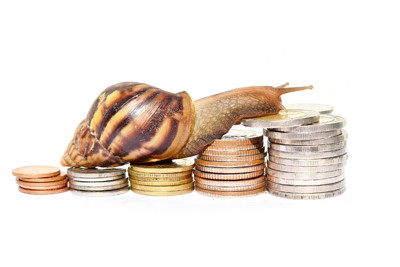
Addressing a media briefing in Sydney yesterday, Standard Life head of global strategy Andrew Milligan said investors and asset managers were facing a “world of low numbers” for some time to come, but reasonable growth numbers out of Europe, the United States and China were helping to make risk assets attractive in the short term.
“Global profits are doing well – we are not seeing much upturn in headline inflation, but companies are seeing better revenue,” Milligan said.
“In global real estate we are also seeing a nice combination of improvement in the global economy leading to more demand for offices and the fact that the financial system has not yet allowed much speculative overbuild that often happens in markets.”
However, the risk of imminent rate rises was still hanging over equity markets, with the Federal Reserve, European Central Bank and People’s Bank of China all indicating they were likely to raise rates over the next year, he said.
“History tells us that when central banks move the initial reaction of equity markets is favourable because the reason banks are moving is because growth is good, and then equity markets say ‘oh dear’,” he noted.
“I think we are still some way away from an ‘oh dear’ moment, but history tells us we probably will have turbulent times ahead when monetary policy begins to have too much of an impact on what are relatively expensive financial markets at this moment in time.”
In the longer term, there was also the risk monetary policy was becoming ineffective, which had been underlined recently by Reserve Bank of Australia governor Philip Lowe’s comments that workers needed to encourage their own wage inflation by asking for pay rises.
“There is the worry that central banks cannot create inflation, which has serious implications for markets if that is true,” Milligan said.
“Cyclically we are seeing improvement in wages in a few countries, but the problem we face from a cyclical point of view is there are still masses of amounts of excess capacity in the world economy – unemployment in the eurozone is still 9 per cent.”
21 Jun 2017
By Sarah Kendell
9th-July-2017 |